Understanding the Autonomic Nervous System : A Guide for ADHD Enthusiasts
I’ve always been a curious soul, driven to understand the intricate dance between our body’s mechanisms and our brain’s eccentricities. This journey led me to the compelling relationship between the Autonomic Nervous System (ANS) and Attention Deficit Hyperactivity Disorder (ADHD). So, let’s unravel this fascinating tapestry together!
Introduction to the Autonomic Nervous System (ANS)
At its core, the Autonomic Nervous System is an intricate network, ensuring our survival without us being consciously aware. Think about it – do you remind your heart to beat every second? Or command your stomach to digest food after a hearty meal? Thankfully, our ANS takes care of these tasks, acting as the silent puppeteer controlling our body’s automatic functions.
The Dance of Life: From Grazing to Escaping and Back
Ever observed the tranquility of a deer grazing in the wilderness? There it is, nibbling on fresh grass, ears twitching to the rhythm of nature’s orchestra. It’s in its ‘creation’ state – at peace, growing, and nourishing itself. But in the blink of an eye, this serenity can shift.
Imagine a rustle in the bushes, the shadow of a predator approaching. Instantly, the deer’s entire being switches to ‘survival mode’. Its heart rate spikes, muscles tense, and every sense is heightened. If it needs to bolt, it’s ready.
But here’s the remarkable bit: Once the threat has passed, the deer, after ensuring its safety, returns to its state of calm, back to grazing and being in the present moment.
We, humans, have a lot to learn from this elegant dance of nature. While our ancient ancestors had threats similar to the deer, in today’s world, our predators have transformed into looming deadlines, social pressures, or unexpected challenges. Like the deer, our bodies react, readying us for action. Energy is diverted to our extremities, preparing us to ‘fight or flight’.
However, unlike the deer, we often find it challenging to revert back to our ‘grazing’ state. Instead of letting go once the threat diminishes, we might ruminate on it, extending our time in ‘survival mode’. When this stress lingers, our Autonomic Nervous System can get trapped in this state, constantly diverting energy to our extremities and away from our vital organs. This prolonged stress isn’t just mentally taxing; it’s a drain on our physical well-being too.
Recognizing this, can’t we aspire to be more like the deer? Facing challenges head-on, yet knowing when to let go and return to our nurturing, creative state?
The Balance of Power: Sympathetic (Survival) vs. Parasympathetic (Creation)
Like the two sides of a coin, the ANS consists of two subsystems that keep our body’s equilibrium.
Sympathetic Nervous System: Your Body’s Fire Alarm (Survival)
Imagine you’re walking in a forest and suddenly spot a wild animal. Your heartbeat races, your pupils dilate, and your muscles tense up. That’s your sympathetic system jumping into action, priming you for a fight or flight response. It’s all about coping with emergencies or challenges. In this state, you are in Survival mode.
Parasympathetic Nervous System: Your Personal Spa Therapist (Creation)
After the perceived threat has passed, the parasympathetic system gently takes over. It calms your racing heart, relaxes your muscles, and restores your body to a peaceful state. It’s responsible for the “rest and digest” mode. In this state, you are in Creation, Growth and Repair mode.
Picture this: In every fleeting second, a metropolis of over 25 million cells springs to life within us. That’s like birthing nearly five New York Cities every minute, right inside our bodies! Steering this astonishing symphony is our silent guardian, the Autonomic Nervous System. It’s like the unsung maestro conducting an intricate ballet, ensuring our heartbeats maintain their rhythm and our organs dance to their natural tunes. Prepare to embark on a visual journey that showcases the wondrous, ceaseless marvels unfolding within us. Our bodies aren’t just biological; they’re truly divine masterpieces.
Introduction to Negative States Table
While life is full of moments that uplift us, it also brings situations that challenge our emotional and energetic equilibrium. Such negative states, though often uncomfortable, play a pivotal role in our growth and understanding of ourselves. In this table, we delve into these scenarios that might be perceived as negative or challenging, analyzing them in terms of emotions, brain activity, energy distribution, and more. This serves as a mirror to our inner reactions, helping us navigate and realign during trying times.
High Beta – Imagine driving through a dense fog with limited visibility. Everything’s a blur, and decisions become harder as the brain is incoherent, making systems incoherent. This mirrors what happens in our brains when constantly marinating in high beta brainwave states, often tied to acute stress. In this “fight or flight” mode, our body acts like a car revving its engine, prioritizing power to the wheels but neglecting other vital systems. Just as our car may struggle with air conditioning or radio functions during this intense drive, our body redirects energy from processes like digestion and immune responses, focusing instead on immediate survival. Over time, this constant state of high alert can leave our immune and digestive systems in the lurch. Think about it: isn’t it time we cleared the fog and steered our bodies to a more balanced path?
| Rank | Scene | Likely Triggered Emotion | Brain Wave | Frequency Range (Hz) | Energy Distribution | Posture/Imagery | Chakra(s) Potentially Out of Alignment |
| 1 | Overwhelm at Work | Stress, Anxiety | High Beta | 20-30 | Intense glow in head | Hunched over desk, papers everywhere, tense expression | Solar Plexus Chakra Crown Chakra |
| 2 | Social Isolation | Loneliness, Depression | Theta | 4-8 | Dim, isolated glow | Alone in a dark room, looking out of a window | Heart chakra Solar Plexus Chakra |
| 3 | Public Speaking | Stress, Anxiety | High Beta | 20-30 | Intense glow around head, chest, and stomach | Standing on a stage, spotlight on, hesitant stance | Throat Chakra Solar Plexus chakra |
| 4 | Traumatic Events | Shock, Trauma | High Beta | 20-30 | Erratic, uneven glow | Wide-eyed, frozen in place | Root Chakra Solar plexus Chakra |
| 5 | Chronic Pain or Illness | Despair, Frustration | Theta | 4-8 | Dull glow at pain points | Lying down, grimacing with discomfort | All chakras |
| 6 | Financial Stress | Anxiety, Desperation | High Beta | 20-30 | Intense glow in head and hands | Looking at bills or empty wallet, distressed face | Root Chakra Solar plexus Chakra |
| 7 | Breakup or Divorce | Sadness, Grief | Theta | 4-8 | Uneven, dim glow | Sitting with a box of memories, teary-eyed | Heart Chakra Sacral Chakra |
| 8 | Death or Loss | Grief, Desolation | Theta | 4-8 | Dim, weak glow | In mourning attire, looking down | Heart Chakra |
| 9 | Rejection | Despair, Sadness | Theta | 4-8 | Dim, weakened glow in chest | Slouched, holding a rejection letter or looking away | Heart chakra Solar Plexus Chakra |
| 10 | Major Life Changes | Anxiety, Uncertainty | Beta | 13-30 | Erratic glow throughout body | Standing at a crossroads or with packed bags | Solar Plexus Chakra Root Chakra |
| 11 | Conflict | Anger, Frustration | Beta | 13-30 | Bright glow around head and fists | Standing face-to-face with someone, arguing | Solar Plexus Chakra Throat Chakra |
| 12 | Bullying or Harassment | Fear, Humiliation | High Beta | 20-30 | Dull glow, intense around heart | Being cornered, defensive posture | Solar Plexus Chakra Sacral Chakra |
| 13 | Excessive News Consumption | Anxiety, Despair | High Beta | 20-30 | Uneven glow around head | Glued to a TV or phone with news, distressed expression | Third Eye Chakra Throat Chakra |
| 14 | Performance Pressure | Stress, Anxiety | High Beta | 20-30 | Intense glow in head and chest | Standing under a spotlight, sweat on brow | Solar Plexus Chakra Throat Chakra |
| 15 | Lack of Sleep | Exhaustion, Irritability | Beta | 13-30 | Very dim glow | Yawning, droopy eyes, trying to stay awake | Crown Chakra |
| 16 | Excessive Consumption of Stimulants | Anxiety | High Beta | 20-30 | Overly bright, uneven glow | Holding multiple coffee cups, jittery posture | Solar Plexus Chakra |
| 17 | Social Media Overuse | Envy, Sadness | Beta to High Beta | 13-30 | Bright glow around head and hands | Staring at a phone or computer, envious or sad expression | Heart Chakra Third Eye Chakra |
| 18 | Unmet Personal Expectations | Disappointment, Sadness | Theta | 4-8 | Dimmed glow around head and heart | Looking at a list of goals, despondent expression | Solar Plexus Chakra Heart Chakra |
| 19 | Chronic Fear | Anxiety, Paranoia | High Beta | 20-30 | Intense, erratic glow | Constantly looking over shoulder, fearful expression | Root Chakra |
| 20 | Feeling Trapped | Despair, Anxiety | Theta | 4-8 | Dim, caged-in glow | Standing against a closed door or behind bars, looking out | Solar Plexus Chakra Sacral Chakra |
Introduction to Positive States Table
Our journey through life often takes us through various experiences that manifest in various states of being. These states, many of which we perceive as positive, are interconnected with our emotions, brain activity, energy distribution, and even posture. Here’s an exploration of such optimistic scenarios, mapping them across different parameters. Let this serve as a guide to understanding the harmonious balance within us and how our internal systems respond to these uplifting scenarios and ensuring the brain and internal system are Coherent and functioning optimally.
| Rank | Scenario | Emotion | Brain Wave | Frequency Range (Hz) | Energy Distribution | Posture/Imagery |
|---|---|---|---|---|---|---|
| 1 | Meditating | Tranquility, peace | Theta | 4-8 Hz | Centered, heart & head | Sitting cross-legged, peaceful |
| 2 | Deep Sleep | Rest, rejuvenation | Delta | 0.5-4 Hz | Slow, uniform body glow | Lying, deep breathing |
| 3 | Walking in Nature | Refreshed, alert | Alpha | 8-14 Hz | Mild glow, limbs | Walking, relaxed, observing Walking barefoot on earth |
| 4 | Focused Learning | Engagement | Beta | 13-30 Hz | Glow around the head | At a desk, engrossed |
| 5 | Listening to Music | Joy | Alpha | 8-14 Hz | Rhythmic glow, heart & head | Reclining, with headphones |
| 6 | Intimate Moments | Love, connection | Beta-Gamma | 13-100 Hz | Glow, heart & contact points | Embracing a partner |
| 7 | Creative Process | Inspiration | Alpha-Theta | 4-14 Hz | Flares, head, hands & heart | Painting on a canvas |
| 8 | Eating Delicious Food | Pleasure | Alpha | 8-14 Hz | Warmth from the stomach | Seated, savoring a bite |
| 9 | Playing an Instrument | Joy | Alpha | 8-14 Hz | Energy in hands & head | Playing a piano/guitar |
| 10 | Physical Affection | Comfort | Alpha | 8-14 Hz | Warmth at embrace point | Two people hugging |
| 11 | Group Activities | Camaraderie | Beta | 13-30 Hz | Energetic flow, limbs | Playing a sport, high-fives |
| 12 | Traveling | Adventure | Beta | 13-30 Hz | Radiant, head, eyes & feet | Exploring, eyes wide |
| 13 | Playing with Pets (Safely and under guidance) | Joy | Alpha | 8-14 Hz | Warm, hands & heart | Laughing, petting a pet |
| 14 | Engaging in Hobbies | Passion | Alpha | 8-14 Hz | Concentrated, hands & head | Gardening or capturing a photo |
| 15 | Watching a Movie | Joy | Alpha | 8-14 Hz | Warm glow, heart & head | Sitting, eyes glistening |
| 16 | Reading a Book | Interest | Beta | 13-30 Hz | Concentrated, head & eyes | Reclined, engrossed in a book |
| 17 | Cooking/Baking | Passion | Alpha | 8-14 Hz | Radiant, hands & heart | In the kitchen, deeply involved |
| 18 | Community Service | Altruism | Alpha | 8-14 Hz | Glow, heart & hands | Helping, gentle smile |
| 19 | Relaxing in Nature | Peace | Alpha | 8-14 Hz | Harmonizing with nature | Lying on a blanket, gazing skyward Walking barefoot on grass |
| 20 | Crafting | Creativity | Alpha | 8-14 Hz | Focused, hands & head | Crafting, engrossed in details |
| 21 | Fasting | Discipline, slight discomfort | Beta | 13-30 Hz | Energy seems slightly diminished but focused; light around the stomach | Standing or sitting, hands on the stomach, contemplative |
| 22 | Having a Sauna | Relaxation, warmth | Alpha | 8-14 Hz | Radiant glow all over the body, intensified around the skin | Sitting or lying in a sauna, sweating, relaxed |
| 23 | Hug from an Alpaca (run by professional Farmers for therapeutic reasons) | Comfort, surprise | Alpha | 8-14 Hz | Warm glow at the point of embrace, warmth spreading to the entire body | Standing, gently embracing an alpaca, a soft smile |
| 24 | Engaging in Play Therapy (often used in ADHD and other therapeutic contexts) | Engagement, exploration | Alpha | 8-14 Hz | Energy fluctuating based on the activity; hands and head particularly active | Sitting on the floor, engaged with toys or art supplies, focused |
| 25 | Listening to a Loved One’s Heartbeat | Connection, Comfort | Alpha | 8-14 Hz | Warm, steady glow, especially around the head and chest | Laying head on a loved one’s chest, listening intently |
| 26 | Aerobic Exercise (Running) | Energetic, invigorated | Beta | 13-30 | Strong glow in legs and lungs | Full stride, hands pumping |
| 27 | Laughter with Friends | Joyful, connected | Beta | 13-30 | Even glow, spikes radiating outward | Sitting/standing, laughing heartily |
| 28 | Weight Training | Determined, strong | Beta | 13-30 | Glow focusing on trained muscle group | Exerting, depending on exercise |
| 29 | Sexual Intimacy | Passionate, connected | Theta to Delta | 4-8 (Theta) & 1-4 (Delta) | Glow throughout body, heightened on zones | Lying/sitting, intertwined |


ADHD: More than Meets the Eye
Being both an enthusiast and an advisor, I’ve often been asked: “What’s the link between the ANS and ADHD?” It’s not just about distractibility or hyperactivity. There’s a physiological orchestra playing behind the curtains.
The Overdrive Problem in ADHD
Those with ADHD often find their sympathetic system in overdrive. This doesn’t mean they’re perpetually frightened, but their bodies might feel like it. Imagine drinking ten cups of coffee. That jittery, restless feeling? That’s akin to what an overstimulated sympathetic system feels like.
The Neurochemical Story
Dopamine and norepinephrine, neurotransmitters often discussed in the context of ADHD, play crucial roles in both the brain’s reward center and the Autonomic Nervous System’s functioning. An imbalance here can lead to ADHD symptoms and an imbalanced ANS response.
Harmony is Key: The Importance of ANS Regulation
Imagine an orchestra where the violinists play too loudly while the cellists doze off. That’s what an imbalanced ANS feels like. For ADHD individuals, achieving Autonomic Nervous System harmony can mean reduced anxiety, better focus, and overall improved quality of life.
Strategies for Balance: Beyond Medication
Medication is one tool in the toolbox, but several non-pharmacological strategies are worth exploring.
Mind-Body Techniques – Autonomic Nervous System
Techniques like mindfulness meditation or guided imagery can help bridge the often tumultuous gap between the mind and body. We can nudge our ANS towards balance by focusing on our breath or visualizing calming scenes.
The Earth hums with an energy, a vibration that’s both grounding and rejuvenating. There’s something deeply magical about syncing our pulse with that of our planet. On many evenings, my husband and I have felt this firsthand. We’d step outside, with the Musicosy eye masks with music coming through them, the sky painted with hues of twilight, and settle down for our chakra meditation. With our feet bare, caressing the cool, dew-kissed grass, it’s as if the Earth whispers its age-old secrets, helping align our energy with its rhythmic flow. But this is just one path to connection. You might also try hugging a tree, feeling its bark against your skin and its roots delving deep. Or perhaps laying flat on the ground, surrendering every ounce of tension to the Earth, letting it cradle you. It’s these moments of intimate connection with nature that remind us of our place in this vast universe, grounding us in gratitude and serenity.
Diet and Lifestyle: Your ANS Diet Plan
Certain foods and supplements, like Omega-3 fatty acids, magnesium, and B vitamins, have been found to promote a balanced ANS. Also, never underestimate the power of a good night’s sleep and regular physical activity.
Products and Therapies
While I’m not one for relentlessly promoting products, some genuinely can make a difference:
Weighted Blankets
It’s like a gentle, continuous hug throughout the night, promoting deep, restorative sleep.
Biofeedback Devices
By offering real-time data about our physiological functions, these devices help us understand and control our ANS responses.
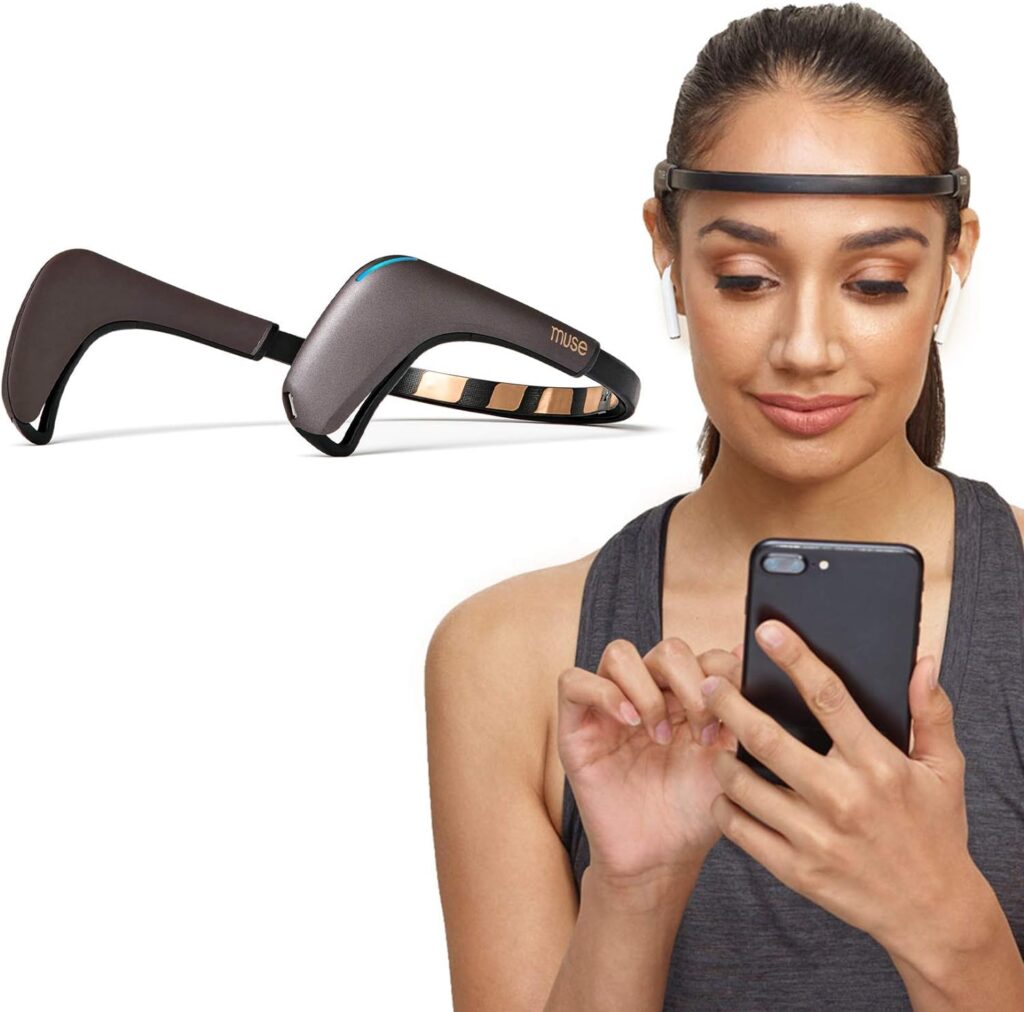
MUSE 2: The Brain Sensing Headband – Meditation Tracker – Multi Sensor Headset Monitor with Responsive Sound Feedback Guidance from Brain Wave, Heart, Body & Breath Activity
Natural Supplements
Mother Nature offers remedies that can support ANS balance, from calming chamomile to invigorating ginseng.
The Grand Ballet: Body Automation and the Analytical Mind
It’s mesmerizing to consider that about 95% of our bodily functions are automated and run by our ANS. It’s like having a super-efficient autopilot system. This leaves approximately 5% for our conscious, analytical mind. Our body’s automation allows our conscious mind to focus on creativity, decision-making, and emotions without being bogged down by basic survival tasks.
When it comes to ADHD, our body automates approximately 95% of its functions. However, our conscious, analytical mind is constantly assessing, planning, and overthinking. This cerebral chatter occupies a considerable amount of our conscious bandwidth. Recognizing this interplay is crucial in understanding ADHD and harnessing its potential. This constant tug-of-war between automation and analysis can be both a challenge and a strength for those with ADHD.
Embracing the Dance of ANS and ADHD
Life, with all its challenges and surprises, becomes more manageable when we understand and embrace our body and mind’s quirks. By tapping into the power of the ANS and understanding its rhythm with ADHD, we can lead enriched, fulfilling lives.
Conclusion – Autonomic Nervous System
Both ADHD and the ANS are incredible aspects of human physiology and psychology. By delving deeper into their interplay, we can find strategies to live not just adequately, but vibrantly.
Frequently – Autonomic Nervous System
- How do the ANS and ADHD connect? Both are intricately linked through neurotransmitter activity and physiological responses.
- Does ADHD always mean an overactive sympathetic system? Not always, but there’s a higher likelihood of it.
- Can lifestyle changes alone manage ADHD? Lifestyle changes can help significantly, but it’s essential to consult with a professional to find a comprehensive approach.
- What are the signs of an imbalanced ANS? Symptoms can range from chronic fatigue, anxiety, digestive issues, to sleep disturbances.
- Is it truly possible to control our ANS? We can influence it through various techniques, fostering better balance and health.

*We may earn a commission for purchases made using our links. Please see our disclosure to learn more.

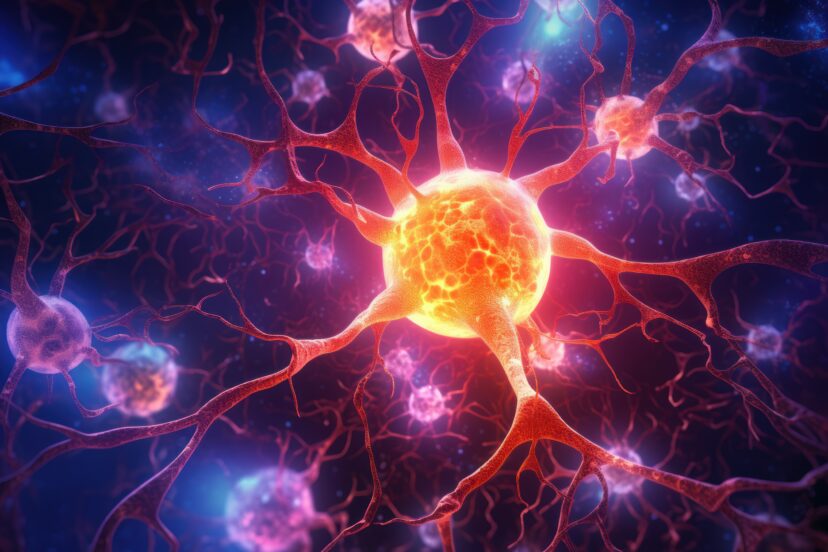
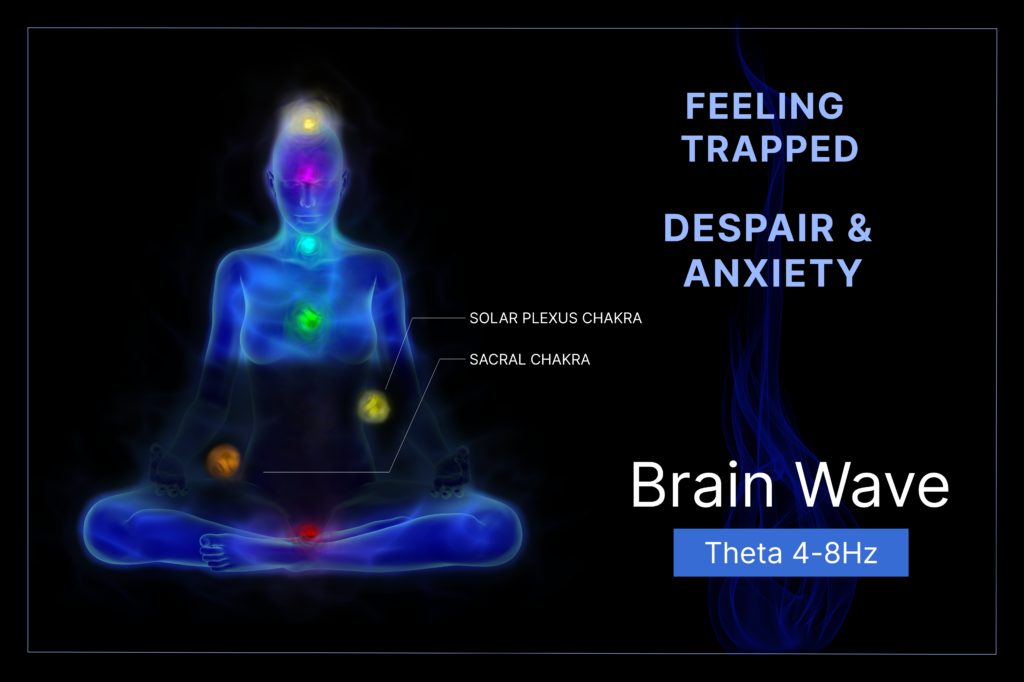

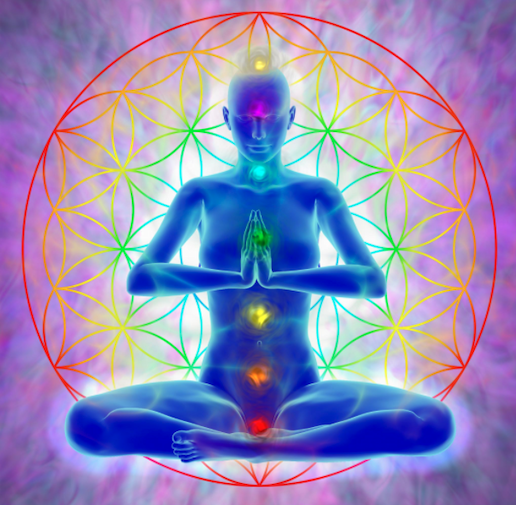
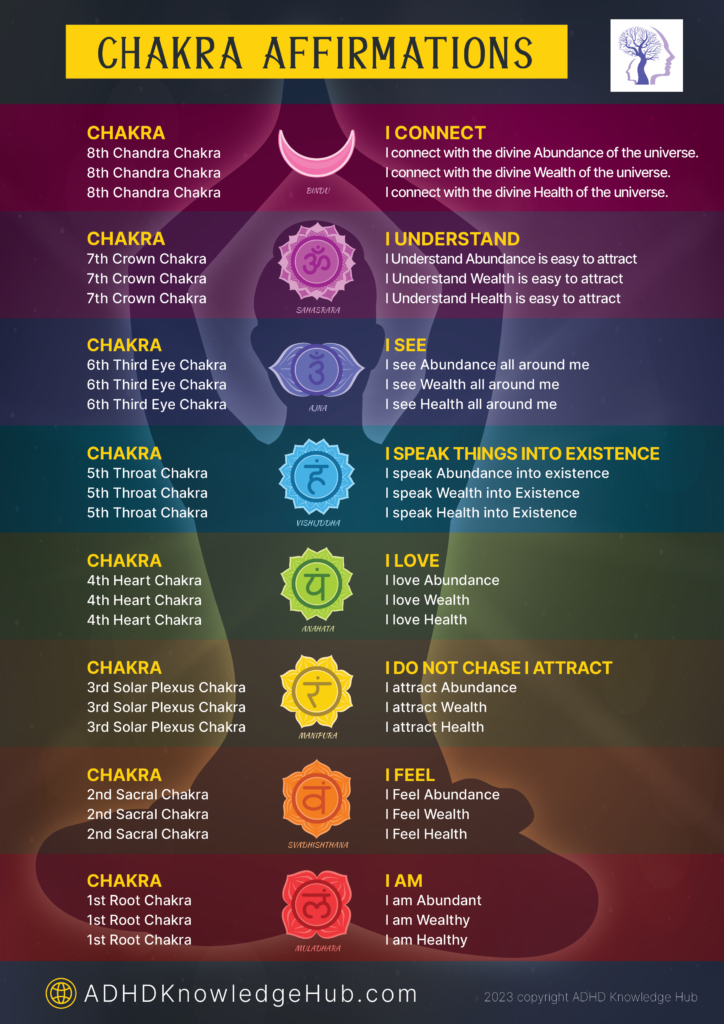



Comments are closed.